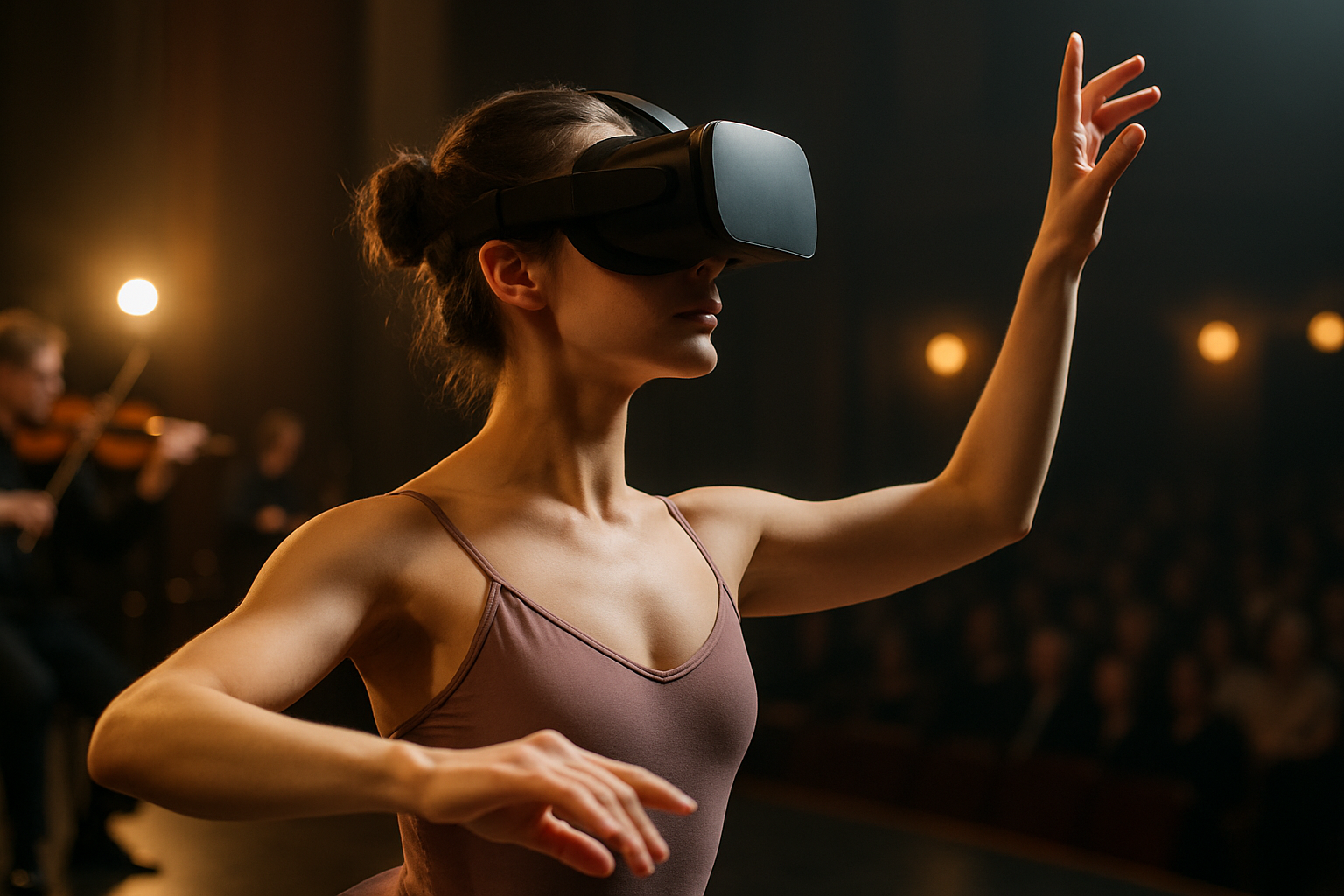Designing interactive exhibits for diverse audiences
Interactive exhibits can bridge art, performance, and community by inviting participation, accommodating varied abilities and cultural perspectives, and integrating technology with physical storytelling. Thoughtful design considers audience demographics, accessibility, and multiple modes of engagement so that exhibitions and festivals feel relevant and welcoming to many visitors.

Interactive exhibits are most effective when they balance clear goals with flexible experiences that respect different backgrounds, abilities, and learning styles. Successful projects begin with research into community needs, visitor pathways, and the kinds of engagement—visual, tactile, auditory, or performative—that suit the subject. Early-stage consultations with curators, programmers, and representatives from local communities help set measurable objectives for access, participation, and evaluation while keeping creative intent intact.
Culture and community engagement
Designers should center culture by acknowledging histories, languages, and practices of the communities whose stories are shown. Co-creation with community members can range from advisory panels to collaborative production, ensuring that exhibitions and festivals reflect a plurality of perspectives. Practical steps include multilingual labels, culturally relevant imagery, and programming that invites local artists and storytellers to present work alongside core displays. This cultivates trust and increases relevance, as visitors see their own cultural practices reflected rather than merely interpreted.
How can performance shape interaction?
Performance elements—whether theater, dance, or live music—activate spaces and prompt real-time interaction. Programmed performances embedded within exhibits can provide rhythm to visitor flow and create repeated moments of communal attention. Consider scalable formats: short interventions that repeat throughout the day, participatory call-and-response segments, or guided workshops that let audiences try a technique. Logistics matter: provide clear sightlines, seating or standing zones, and accessible entry points so that people of diverse mobility and sensory needs can participate comfortably.
Designing for gallery and museum spaces
Gallery environments need varied entry points to accommodate different visitor preferences. Visual displays can be complemented with tactile replicas, audio descriptions, and text in plain language. Lighting, contrast, and circulation affect how different visitors experience visual material. Interactive kiosks or hands-on stations should be sturdy, intuitive, and offer alternative ways to engage—such as headphones for audio tracks, captioning for films, or staff-led demos. Wayfinding signage and rest areas contribute to a welcoming, navigable environment for families and older visitors.
Storytelling across film, music, and dance
Storytelling techniques drawn from film, music, and dance expand how narratives are communicated in exhibitions. Short film loops or projection mapping can convey layered histories without relying solely on text. Soundscapes and curated playlists support immersive emotional contexts, while dance or movement workshops let visitors inhabit stories physically. Designers should offer content warnings and quiet zones for visitors who prefer lower sensory stimulation, and provide transcripts or summaries for visitors who want a text-based alternative to audio or moving-image material.
Creating immersive visual and interactive moments
Immersive design blends spatial, visual, and digital elements to create memorable experiences, but it should include clear affordances so visitors understand how to interact. Use simple prompts, intuitive controls, and progressive disclosure—introducing complexity only as visitors become more engaged. Test interactive prototypes with diverse user groups to uncover accessibility barriers and cultural blind spots. Consider low-tech alternatives alongside high-tech features to ensure longevity and broader accessibility, and plan maintenance and staffing needs for interactive components.
Curation and programming for diverse audiences
Curation and programming shape the visitor journey across exhibitions and festivals. Effective programming mixes passive and active experiences—lectures, workshops, live performances, and drop-in activities—so visitors can choose their level of engagement. Scheduling matters: stagger performances and screenings to distribute crowding and offer repeat sessions for those who need flexibility. Collaborate with schools, community groups, and local services to broaden reach, and gather visitor feedback to iterate on programming choices.
Conclusion
Designing interactive exhibits for diverse audiences requires intentional research, inclusive co-creation, and layered modes of engagement that span culture, performance, gallery installations, and immersive storytelling. By combining practical accessibility measures with thoughtful curation and adaptable programming, institutions can create experiences that resonate across different ages, abilities, and cultural backgrounds while remaining flexible enough to evolve with visitor needs.





